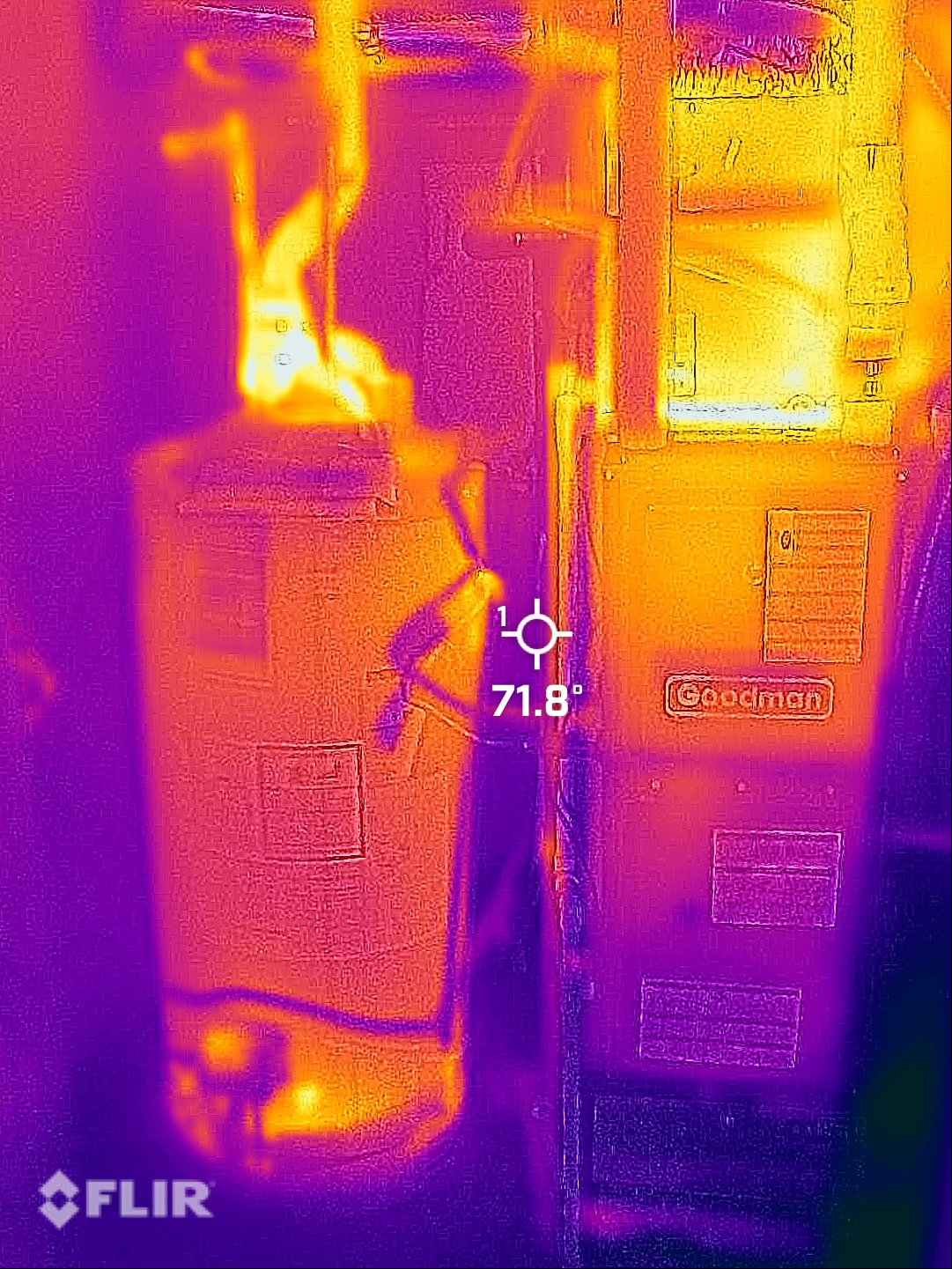Mold Testing Services in Denver

Air Testing
Air sampling is one of the most effective ways to determine if mold spores are present in your indoor environment—even when there are no visible signs of mold growth. Our team uses calibrated air pumps and spore traps to collect air samples that are then analyzed by a certified laboratory. This process not only identifies the types of mold spores present but also quantifies their concentration, allowing us to compare your indoor air quality to normal background levels. Air testing is especially useful in real estate transactions, post-remediation verification, or when clients experience unexplained health symptoms like coughing, headaches, or allergies.

Surface Testing
Surface sampling helps confirm whether visible staining, discoloration, or suspect growth is actually mold. Our team uses professional techniques such as swab or tape-lift sampling to collect physical samples directly from surfaces, which are then analyzed by a certified microbiology lab. This method identifies the types of mold present on surfaces like drywall, wood, or HVAC components, and helps determine whether further remediation is needed. Surface testing is especially useful during home inspections, after water damage, or when you need documentation for insurance claims or property transactions.

Infrared Thermography
Infrared thermography is a non-invasive diagnostic tool we use on every inspection to detect hidden moisture behind walls, ceilings, and floors—often the earliest sign of mold growth. Our high-resolution thermal imaging cameras reveal temperature variations that indicate moisture intrusion, even when the surface looks dry. This scan is included with every job at no extra cost, giving our clients an extra layer of confidence. Infrared is a valuable tool for spotting leaks, condensation issues, and insulation problems—key factors in mold prevention and property health.
When Should You Test?
Mold testing is recommended when you notice musty odors, visible staining, recent water damage, or unexplained health symptoms like coughing, headaches, or fatigue.
It’s also a smart move during real estate transactions, after plumbing leaks or flooding, and if you’ve had previous mold problems.
Landlords, homeowners, and business owners often test to ensure a safe environment and document conditions for insurance or tenant concerns.
Whether you’re investigating a problem or need peace of mind, professional testing provides the clear answers you need.
